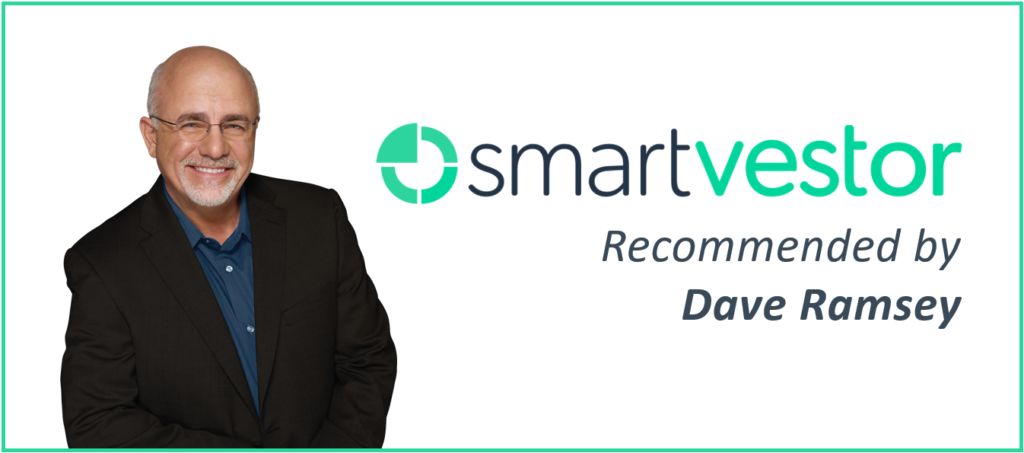Is a SEP-IRA Right for Your Business?
Provided by Avenues to Wealth
If you’re like many small business owners, running your own business is an all-consuming endeavor.
In the face of everyday demands, choosing a retirement strategy for your business can become a casualty. The idea of establishing a plan could evoke worries about complicated reporting and administration.
If this sounds familiar, then you may want to consider whether a Simplified Employee Pension Individual Retirement Arrangement (SEP-IRA) may be right for you.
A SEP-IRA can be established by sole proprietors, partnerships, and corporations, including S corporations.
The advantages of the SEP begin with the flexibility to vary employer contributions each year from 0% up to a maximum of 25% of compensation, with a maximum dollar contribution of $61,000 in 2022, and $66,000 in 2023.1
Employees Vested
The percentage you contribute must be the same for all eligible employees. Eligible employees are those age 21 or older who have worked for you in three of the last five years and have earned at least $650 in 2022 or $750 in 2023. Employees are immediately 100% vested in all contributions.1
There are no plan filings with the IRS, making administration simple and low-cost. You only need to complete Form 5305 SEP and retain it for your own records. This form should be provided to all employees as they become eligible for participation.
Unlike other plans, a SEP may be established as late as the due date (including extensions) of your business’ tax filing (generally April 15th) for making contributions for the prior year.
A Menu of Choices
Each eligible employee will be asked to establish his or her own SEP-IRA account and self-direct the investments within the account, relieving you of choosing a menu of investment choices for the plan. The rules for accessing these funds are the same as those governing regular IRAs.
In most circumstances, once you reach age 72, you must begin taking required minimum distributions from a SEP-IRA and other defined contribution plans. Withdrawals from Traditional IRAs are taxed as ordinary income and, if taken before age 59½, may be subject to a 10% federal income tax penalty.2
Unlike the self-employed 401(k), which is only available to business owners with no employees, you cannot take a loan from your SEP assets. In most circumstances, you must begin taking required minimum distributions from your 401(k) or other defined contribution plan in the year you turn 72. Withdrawals from your 401(k) or other defined contribution plans are taxed as ordinary income, and if taken before age 59½, may be subject to a 10% federal income tax penalty.2
The SEP earns the “simplified” in its name and stands as an attractive choice for business owners looking to maximize contributions while minimizing their administrative responsibilities.
Jonathan Neher and Zachary Lind may be reached at 970.372.0541 or support@a2wfinancial.com.
- IRS.gov, 2022
- IRAs have exceptions to avoid the 10% withdrawal penalty, including death and disability.
The content is developed from sources believed to be providing accurate information. The information in this material is not intended as tax or legal advice. It may not be used for the purpose of avoiding any federal tax penalties. Please consult legal or tax professionals for specific information regarding your individual situation. This material was developed and produced by FMG Suite to provide information on a topic that may be of interest. FMG, Suite is not affiliated with the named broker-dealer, state- or SEC-registered investment advisory firm. The opinions expressed and material provided are for general information, and should not be considered a solicitation for the purchase or sale of any security. Copyright FMG Suite.


